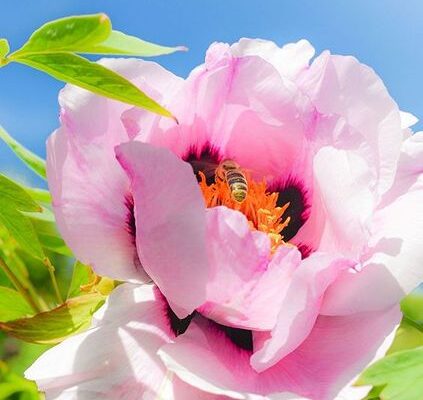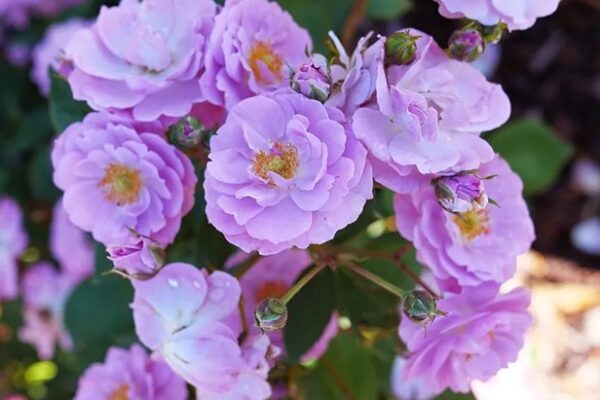How to Grow American Wisteria: Great Tips
Wisteria is renowned for its captivating displays of purple-blue blooms that cascade in a mesmerizing manner. The Chinese wisteria, often observed sprawling over archways or pergolas, possesses invasive and aggressive tendencies. However, an alternative variety called American wisteria exists, which is non-invasive and less aggressive in nature. If you’re wondering how to grow American Wisteria, here are powerful ways to enhance its growth and beauty.
The American wisteria, scientifically known as Wisteria frutescent, is native to North America. When you want to grow American wisteria, despite its milder nature, this variety can still grow up to 30 feet in both height and width, adorning any nearby structure with breathtaking clusters of blue flowers. However, when you want to grow American wisteria, it is important to note that it may take five or six years for the vine to mature and begin producing flowers. The American wisteria, scientifically known as Wisteria frutescent, is characterized by shiny, dark leaves arranged in a pinnate pattern, as well as pea-like flowers that hang in clusters measuring approximately 5 to 6 inches long. Once the flowering period concludes, the plant develops smooth, bean-like seed pods.
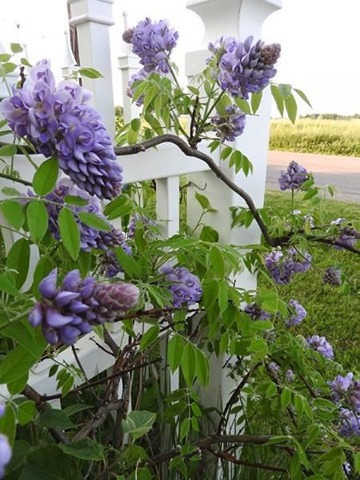
American wisteria presents a more controlled and manageable growth pattern, making it an ideal choice for those who desire the stunning beauty of this plant in their own gardens. By opting for the American wisteria, individuals can enjoy the enchanting flowers without having to worry about its invasiveness or aggressive behavior.
Botanical Name: Wisteria frutescens
Common Name: American wisteria
Plant Type: Vine
Mature Size: 20 to 30 ft. long
Sun Exposure: Full, partial
Soil Type: Moist but well-drained
Soil pH: Acidic, neutral
Bloom Time: Spring, summer
Flower Color: Blue, purple, white
Hardiness Zones: 5 to 9, USA
Native Area: North America
Toxicity: Toxic to humans and pets
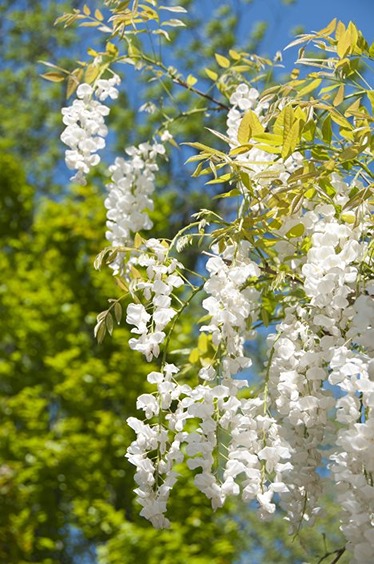
American Wisteria Care
The charm of this vine lies in its profuse foliage and rapid growth rate. However, due to its potential to reach massive proportions, it requires a sturdy structure for support. Options such as archways, arbors, fences, or trellises serve as ideal choices. Although it may be tempting to allow the vine to crawl up the side of your home, the weight it accumulates over time can lead to significant damage.
While the plant is not considered invasive, its vigorous growth makes it more suitable for cultivation in isolated areas. Otherwise, it may overpower and suppress neighboring plants in its quest for resources.
Regular pruning of the vine can promote increased flowering, extending the blooming period from spring to summer. This is a notable advantage of the American wisteria compared to its Chinese counterpart, which blooms only once in the spring. Moreover, American wisteria exhibits resistance to deer and flooding, further enhancing its appeal and versatility.

Light
American wisteria thrives in sunny environments and achieves optimal growth when exposed to full sun. While it can tolerate partial shade, it’s important to note that such conditions may hinder its ability to produce abundant blooms. Adequate sunlight is crucial for ensuring the plant’s robust flowering and overall health.
Soil
For this vine, it is recommended to provide it with rich, moist, and well-draining soil, as it thrives under these conditions. The soil should ideally have an acidic to neutral pH level for optimal growth. It is important to avoid excessively alkaline soil, as it can lead to a condition called chlorosis in the plants. Chlorosis results in insufficient chlorophyll production in the leaves, causing them to lose their vibrant green color and instead adopt a dull shade of yellow. Hence, maintaining the appropriate pH balance in the soil is crucial for ensuring the vine’s health and foliage coloration.
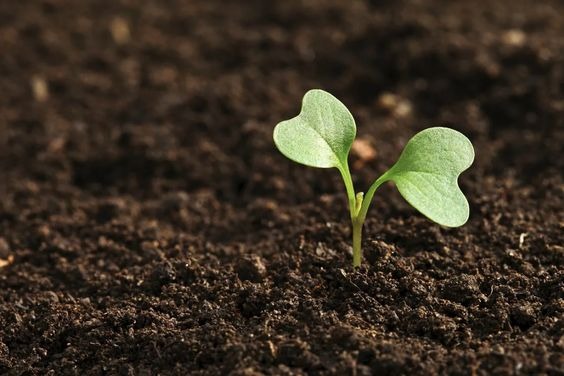
Water
American wisteria is a plant species that is typically discovered growing in damp regions near rivers, swamps, or flood plains. Due to its natural habitat, this climbing vine flourishes when it receives a steady supply of moisture. To ensure its optimal growth, it is important to adhere to a regular watering routine, particularly during hot summer periods when the soil tends to dry out at a faster pace. By consistently providing sufficient water, you can support the health and vitality of the American wisteria plant.
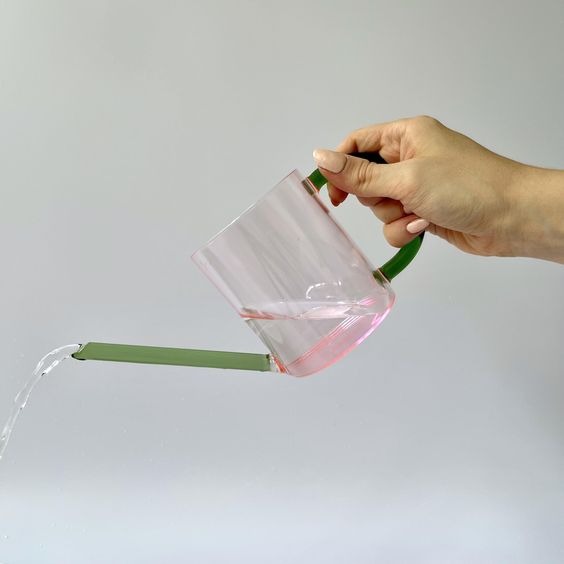
Climate and Moisture level
American wisteria plants have a preference for moderate moisture levels, although they are capable of tolerating higher levels of both moisture and humidity. They thrive particularly well in moderate climates, which is evident from their suitability for USDA hardiness zones 5 to 9.
Fertilizer
To promote blooming in American wisteria plants, the addition of fertilizer is beneficial, although it is important to note that it may take five years or even longer for blooming to occur. When selecting a fertilizer, it is crucial to choose one that contains an ample amount of phosphorus, as this nutrient plays a key role in encouraging blooming. On the other hand, it is advisable to be cautious of fertilizers with high nitrogen content, as they may not be suitable for the optimal blooming of American wisteria plants.
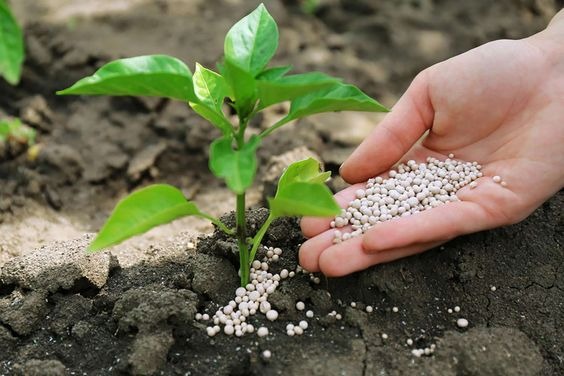
Types of American Wisteria
‘Nivea’: This particular cultivar of American wisteria showcases compact clusters of white flowers. While its primary blooming period takes place during the summer, it is noteworthy that this vine may also sporadically produce blooms at other times.
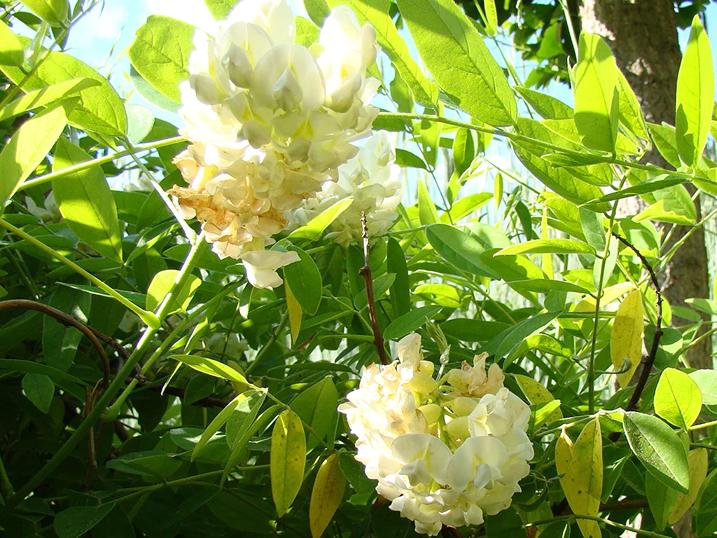
‘Amethyst Falls’: True to its name, the ‘Amethyst Falls’ variety displays exquisite purple flowers accompanied by a gentle fragrance. This cultivar has the advantage of blooming at a relatively young age, making it an ideal choice if you desire a wisteria plant that will flower promptly.
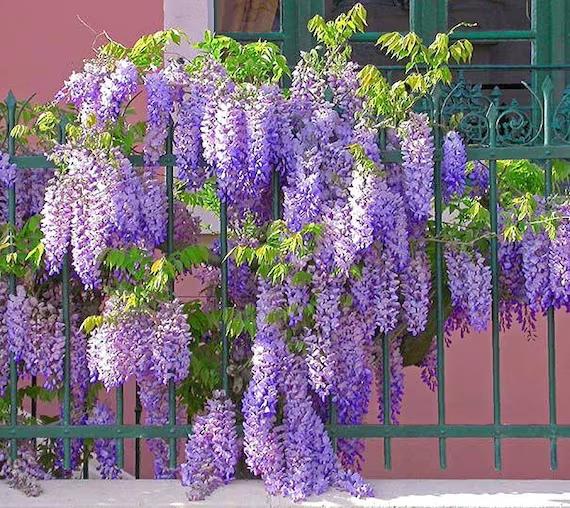
‘Alba’: The ‘Alba’ cultivar, like the previously mentioned variety, features white blossoms. However, this particular type produces large white flowers arranged in dense clusters, creating a visually striking display.
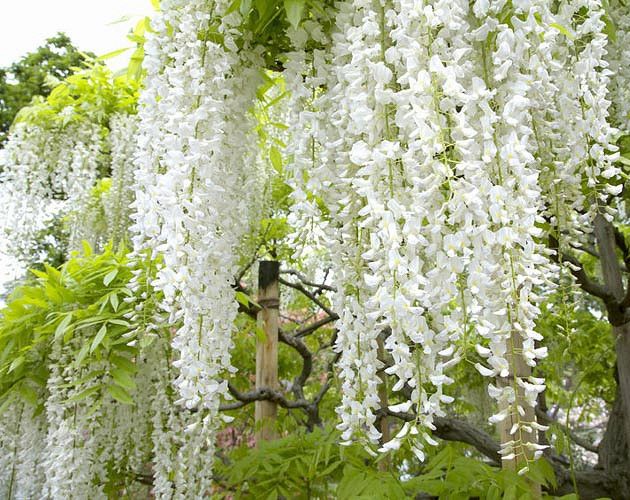
How to Prune
Flowering in the American wisteria plant occurs exclusively on wood that emerged during the previous growing season, specifically on one-year-old wood. This particular wood is distinguishable by its slender profile, lighter color, and greater flexibility compared to older wood. When undertaking pruning activities, it is crucial to exercise caution in order to avoid removing all of the potential flowering wood. Regular pruning plays a vital role in maintaining a robust and blooming vine. It is recommended to prune the wisteria vine twice each year: once before the plant begins to leaf out in the spring, and once more immediately after the flowers have faded.
Following the summer blooming period, it is advisable to trim back the current year’s growth to approximately 6 inches in length. This practice serves multiple purposes: controlling the vine’s overall growth and promoting the development of dense blooms.
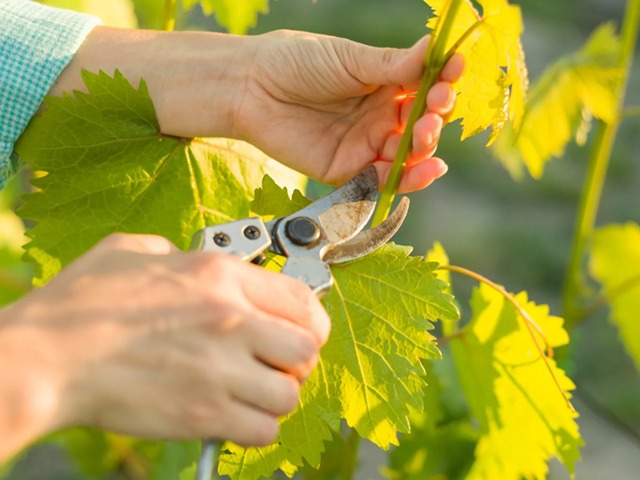
How to Propagate
The most effective method for propagating wisteria is through the use of cuttings. While it is possible to propagate wisteria using seeds, this approach requires considerable time for the seeds to mature and eventually produce flowers. In contrast, utilizing cuttings is the swiftest and most favorable way to propagate wisteria.
When taking cuttings from wisteria, it is important to select softwood, which refers to the green wood that has not yet developed a woody bark. One opportune moment for propagation is during the annual pruning process. Rather than discarding pruned stems, they can be utilized to propagate new plants, offering a sustainable and resourceful approach to expanding your wisteria collection.
- Using a pair of sharp garden snips, carefully trim a softwood cutting that measures approximately 3 to 6 inches in length, ensuring it possesses healthy leaves.
- On the lower half of the cutting, remove any leaves, as well as any flower buds that may be present.
- Dip the freshly cut end of the stem into rooting hormone to encourage successful rooting, and then proceed to bury it in a container filled with moist potting soil.
- To maintain proper moisture levels, cover the cutting with a plastic bag, using stakes or sticks to support the bag and prevent it from touching the foliage.
- Position the cutting in a location that receives bright, indirect light. Water the soil whenever it feels dry to the touch, ensuring it remains adequately hydrated.
- After approximately one month, roots should start to develop. At this stage, remove the plastic bag and relocate the cutting to a sunny area as you prepare it for eventual transplantation to a new planting location.

